Have you heard about coding or computer science? Do you want to learn how to teach coding to your students? If you answered “YES!”, you are in the right place.

and I may earn compensation
when you click on the links at no additional cost to you.
This learning concept has been the “buzz” for several years, as teaching computer science is added to many curriculums around the world.
Computer science builds upon technology standards that have been in place for many years.
The International Society for Technology Education shares standards for students and teachers. Your school and/or district will have technology standards, too.
But wait!! You may be thinking . . .
“Why do I need to teach computer science? I have enough curriculum to teach and NOT enough time to teach. I can’t add another thing to my plate.”
“Computer science . . . isn’t this just teaching students how to use a computer? I do that.”
“I don’t have any training in computer science, and this is something students can learn in high school.”
Well . . . I know exactly what you’re thinking because these were my thoughts. Over the years, I’ve learned more about computer science and why this is important to teach. In today’s post, I want to uncover the mystery and fear that so many educators experience.
What is Code?
So what is all this talk about “code” or “coding”? This isn’t the same “secret code” we wrote about in school. It isn’t a lock combination or set of letters for a document. But even with both of these scenarios . . . there is a relationship.
I’m often asked, “What is coding?” Coding is simply a combination of blocks or letter sequences that communicate digitally to perform an action. Like the picture “code” we created as kids, each numeral or letter has a specific job or meaning.

Let’s take a step back and look at your world.
When you think about ANYTHING and EVERYTHING in our world and how it operates, coding had to be done to get that sequence of events going. You know . . . cause and effect. Right.
So why is this important for students to learn “code”, “coding”, aka “computer science” in school?
Great question!!! Let’s read on and learn about the possibilities.
Whether you are using your phone, watching TV, texting, using a microwave, operating apps, playing with toys, and talking to baby dolls . . . literally anything that has a computer chip, that is coding in action!
Did these jobs exist when we were kids? Likely not. Today’s students have to be ready for careers that are just developing or not even developed. Understanding computer science is a major component in many professions across various sectors.
How to Teach Coding
I started learning coding WITH my students several years ago. That’s right! No college class, no prior experience. During my doctoral studies, I learned more and more about technology and 21st-century teaching. Waiting on professional development would be a few years down the road. If I waited to learn everything before teaching my students 21st-century skills, my students would be graduating or worse . . . ready for retirement. LOL. I wasn’t sure how easy this coding thing would be, but learning alongside my students would be a learning opportunity for them, too. This is something I needed to jump in with two feet.
Check out this video and lean into the excitement and purpose.
Wasn’t that amazing!! I love seeing the excitement on these sweet faces, hearing the critical-thinking conversations, and learning about the impact coding has on learning.
Let’s Overcome Those Fears
During a technology fair, I heard about coding. I wanted to know what this is about and how it is being used in the classroom. The teacher presenter brought some of her students to the class to show what they were doing with coding, to speak about the process, and to share their thoughts. This insight was very helpful for a rookie like me.
After this presentation, I knew I had to jump right in and get my kiddos coding. The teacher helped participants sign up for computer science materials through Google. I didn’t know everything, and that was okay. From this class, I had just enough information to get started and was confident I could learn with my students.
Jumping in with Elementary Coding
Upon returning from the conference, I ordered the curriculum (FREE by the way) that I could use to introduce this skill to my students. There were a variety of topics and levels, so I went with the beginner/easy coding level, but also ordered (Did I mention this is FREE?) a few additional beginner/easy levels and one intermediate level. I wanted to make certain I had my students ready to start, and advance to the next level when they were ready.
Using Google Computer Science (CS First) was the perfect venue to begin coding. Once you go online and set up your account, you can order a few curriculum boxes OR download the materials and print them for your students. If you utilize Google Classroom, this would be a great place to upload the materials to a specific topic.
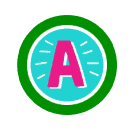
There are a variety of topics and levels for students of all ages and experience levels. Each CS First kit is shipped within a day. Literally, I ordered my kits, and I had them in 2 days – all the way to Alaska!
Each kit contains ALL the materials you need for a class of 30 students: booklets, stickers, and welcome info. However, if you don’t want to wait for speedy delivery, you can download the PDFs and print off all materials for your students, too.
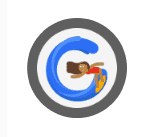
Once I had my kit, I provided direct instruction to set up the CS First accounts, shared a video about coding, and passed out their booklets. The kids immediately entered their account, began reading the instructions in the booklet, and started coding.
It was fun to listen to their excitement and watch them offer support for each other. Students spent a good 45 minutes coding – which engaged problem-solving, critical thinking, collaboration, communication, creativity, and revising!!! AND students were working on specific standards for literacy and technology, so there wasn’t any “fluff”. It was downright work!
How to Teach Coding Professional Development
In this video, I discuss what code is, how to teach coding, where to get FREE resources, and how to implement it into your already full day! View this video for all the details.
Although I worked with 4th graders with these coding lessons, these lessons are also used with younger and older students. Students in second grade may need some extra support, but they can do this. Remember, clicking around and watching video tutorials will provide support for all coders.
When students completed a section, they would see me and I would award a sticker for their booklet. Stickers are very motivating for elementary students to monitor their progress and success. Then they were off to learn more coding in the next section. The tutorials support students and the hands-on work allows them to practice the new skills. As students continued working, I was able to share their projects with peers. The students enjoyed seeing their work on the “big screen” and answered questions peers had about their projects.
Later, it was time to wrap up our day. When students asked to take their booklets home to continue coding, I knew this was a WIN! My kiddos have been coding for the past two years going from beginner to advanced, and are ready to begin developing apps. THIS is EXCITING!!!
Elementary Coding Resources
If you’re looking for some books to learn more about coding and view additional activities, check out these resources below.
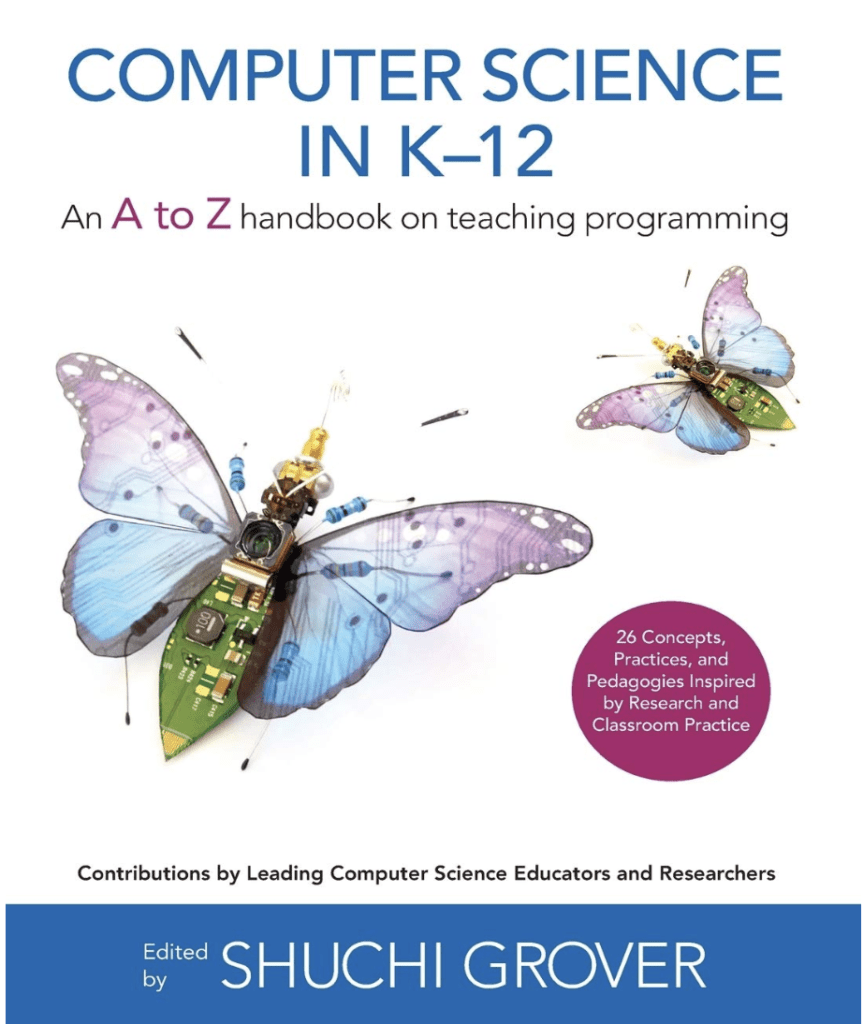
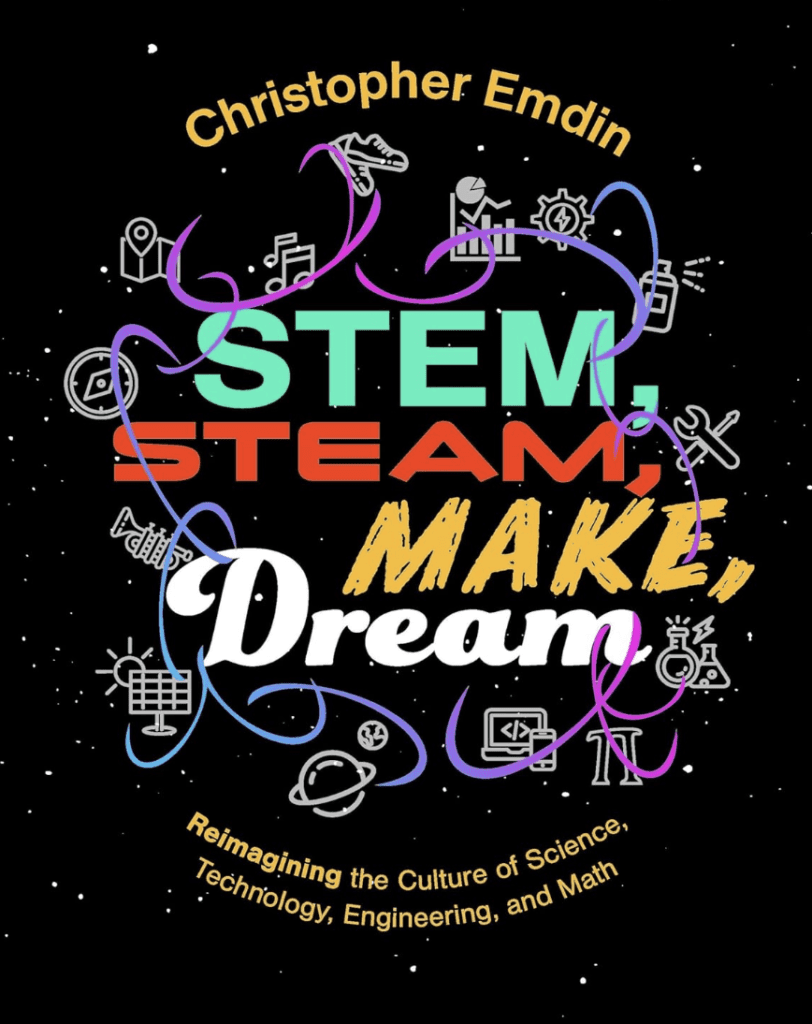
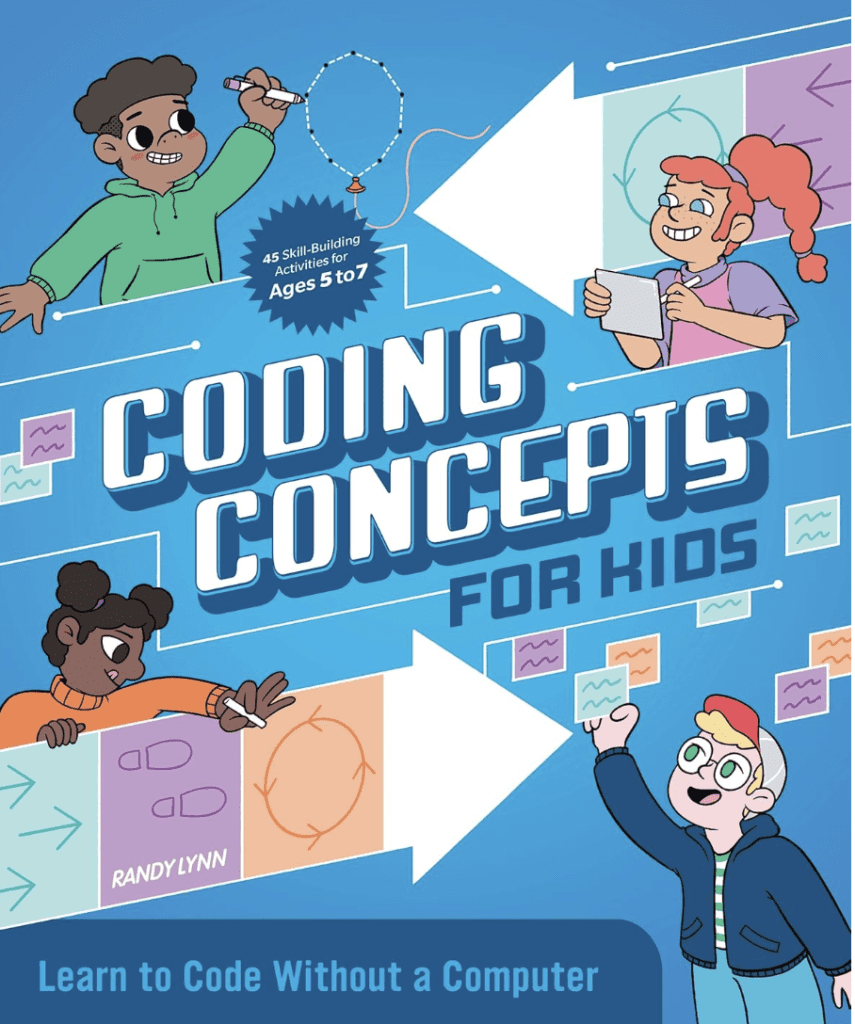
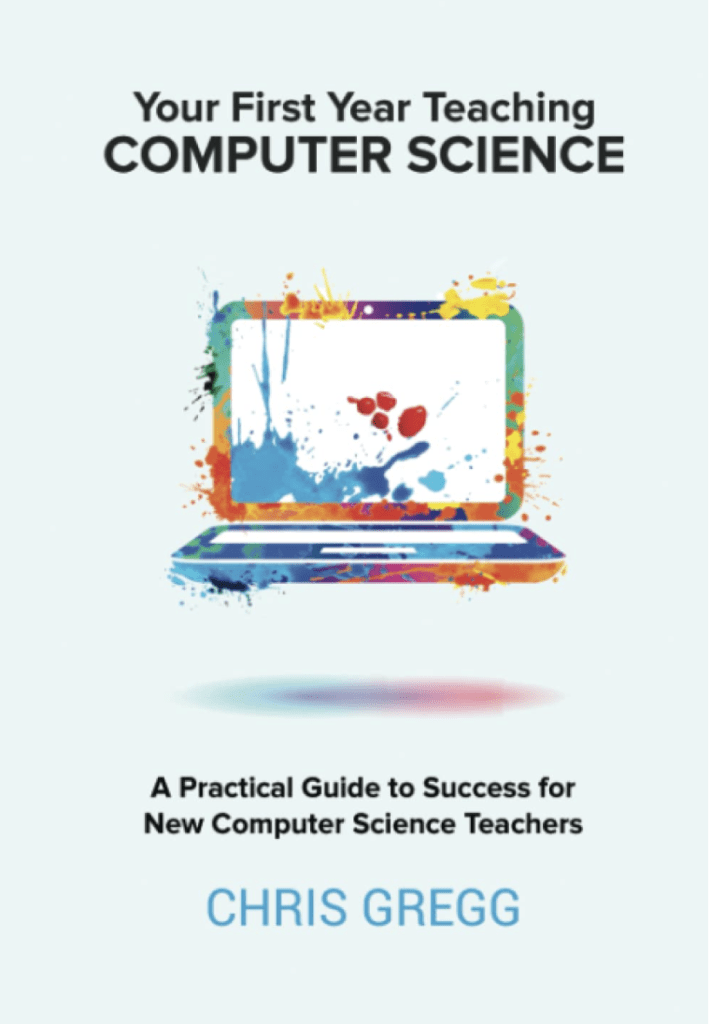

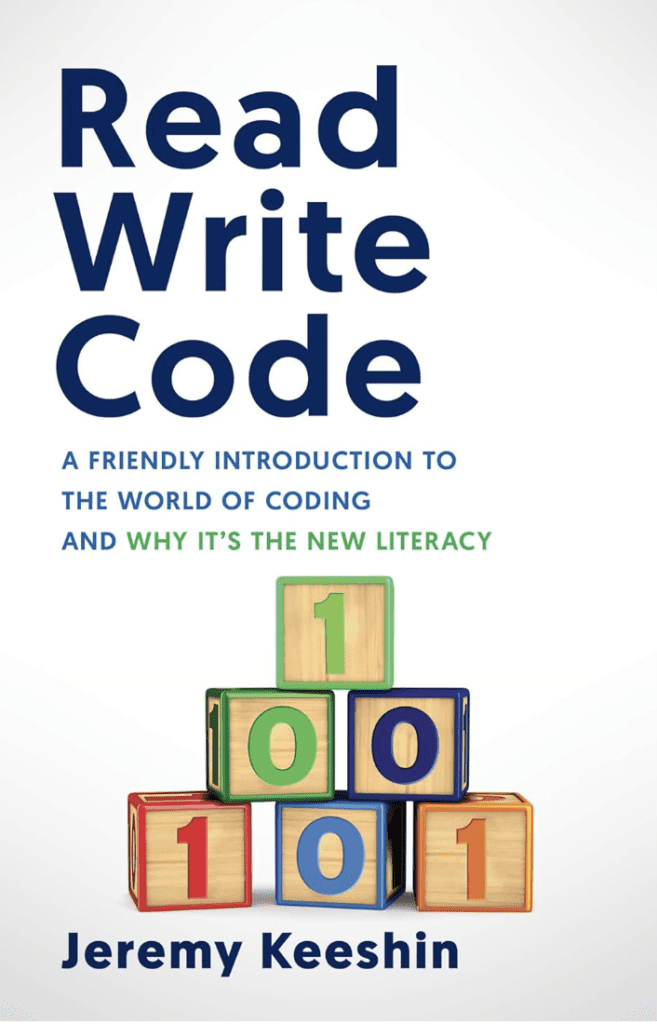
https://amzn.to/3VrkSTz
Related Resources About How to Teach Coding
There are many resources available for teachers to start engaging students in computer science and coding. Check out the links below for more information and other options to get your kids coding!
Learn more about the future of our classrooms.
Code – A great resource with how-to tutorials for beginning coders.
Girls Who Code – This fabulous organization promotes coding clubs in schools, groups, or community areas. The focus is to provide more opportunities for girls to engage in science, technology, and engineering since there is a shortage of girls in these career fields.
Teaching Coding to Kids – Another fabulous resource for kids to code!
Computer Science First Google – This is the CS First program that I used and shared about in this post. Students learn the computer programming language, SCRATCH 3.0. Hard-copy resources can be sent to you (quickly) or you can access the lesson plans and materials online.
Final Thoughts on Elementary Coding
If you’re still feeling a bit nervous, one way to begin teaching coding is to launch alongside “An Hour of Code” held globally each year for one week in December. There are plenty of resources, videos, and support to assist teachers in stepping outside of their comfort zone. If you’d like to ask me questions, send me an email. I’m here to help you overcome any fears and anxieties, so you can get your students coding!
Code and computer science is the world in which our students grow up. The careers we are preparing our students for involve computer science in some shape or form.
Remember, computer science doesn’t need to happen just at school. If you’re looking for some summertime learning opportunities, vacation fun, or homeschool lessons, check out the links on this page. Once started, your learners will not want to stop.

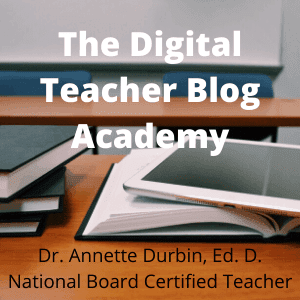

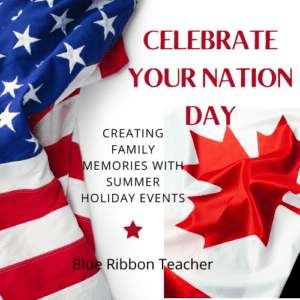
I briefly started learning simple HTML and working with Red Hat Linux back in college – just a slight bit of exposure to that world gave me such a leg up when I got into the business world so far! If you can actually have semi-informative conversations with IT professionals, they tend to gravitate to your projects a little more since they know you have tried the basic fixes yourself first and your printer’s not just out of paper…. Haha! Still, it is so complicated and if you aren’t in it frequently, just like other languages you can lose it!
Fabulous!!! I didn’t think of this as a language, but you’re right. It is a computer language!!
Once you get going, it gets pretty easy. Try it out!!
This is so over my head. My Dad used to be a college computer language professor in his retirement. He would have me help grade papers, but thankfully, I always had an answer sheet. Great information though, as I know my 5 year old granddaughter is already looking into coding and wanting to build programs.
I know how you feel! Back in the ’80s, I was given a huge 3 inch binder and a computer to learn on my own. I hated it!! I’m sooo glad there are fun learning opportunities today!
Wow! This post gives me hope that one day, I can & will learn coding. Great info!
Yes, you can!! Once you spend some time working on it . . . it does get easier.
What a great way to learn coding together!
Yes, I had to learn with the kids. When I had a question, someone could help me work through the confusion.
OMG, both my fiance and I have started learn to code! He’s studying C++ and I’m going for HTML and JavaScript! I truly wish that I had started to learn this stuff at least back in high school!
GREAT!!! Coding is a lot of fun, once you get going. I love doing website design and working on my blog. It’s all part of the same umbrella.